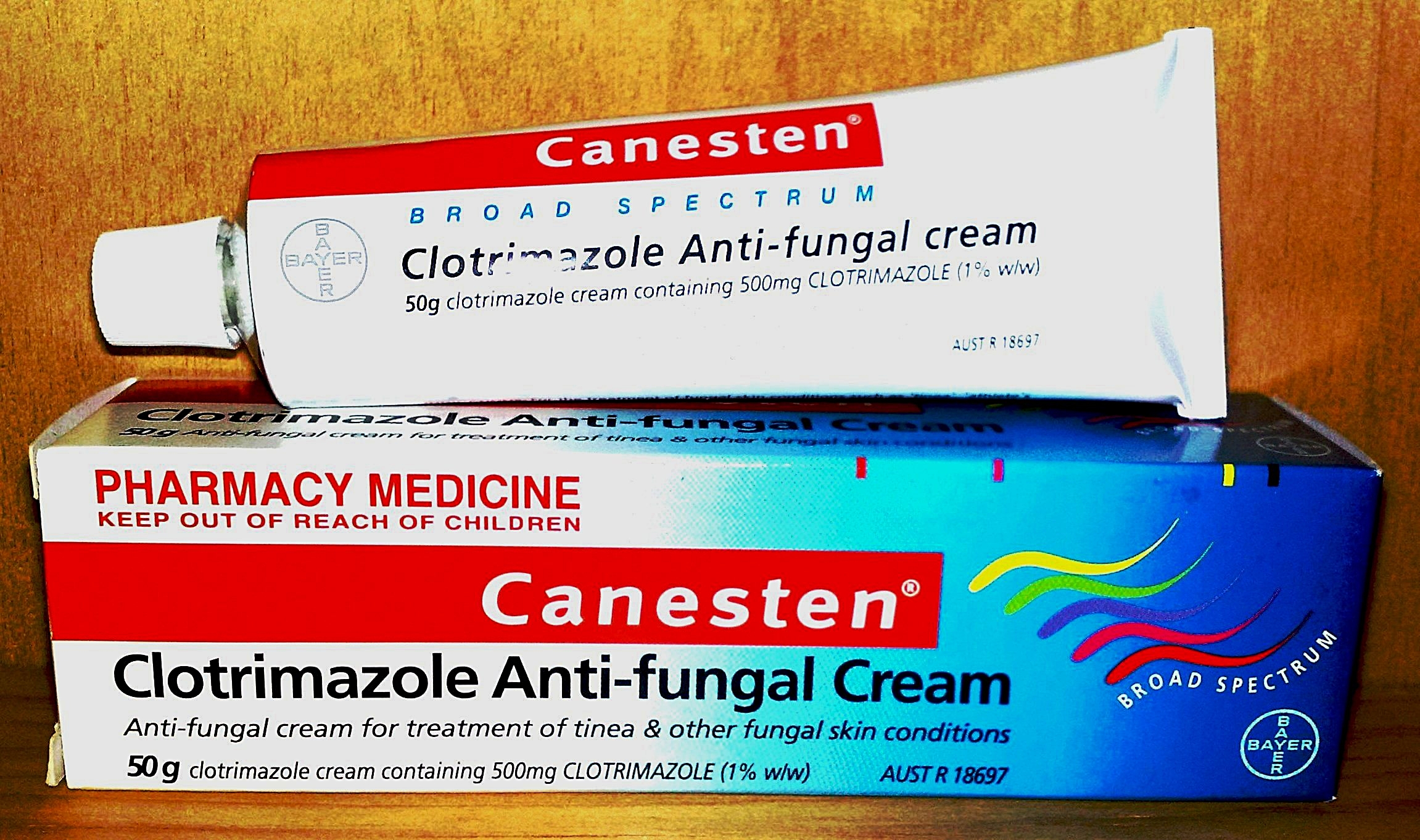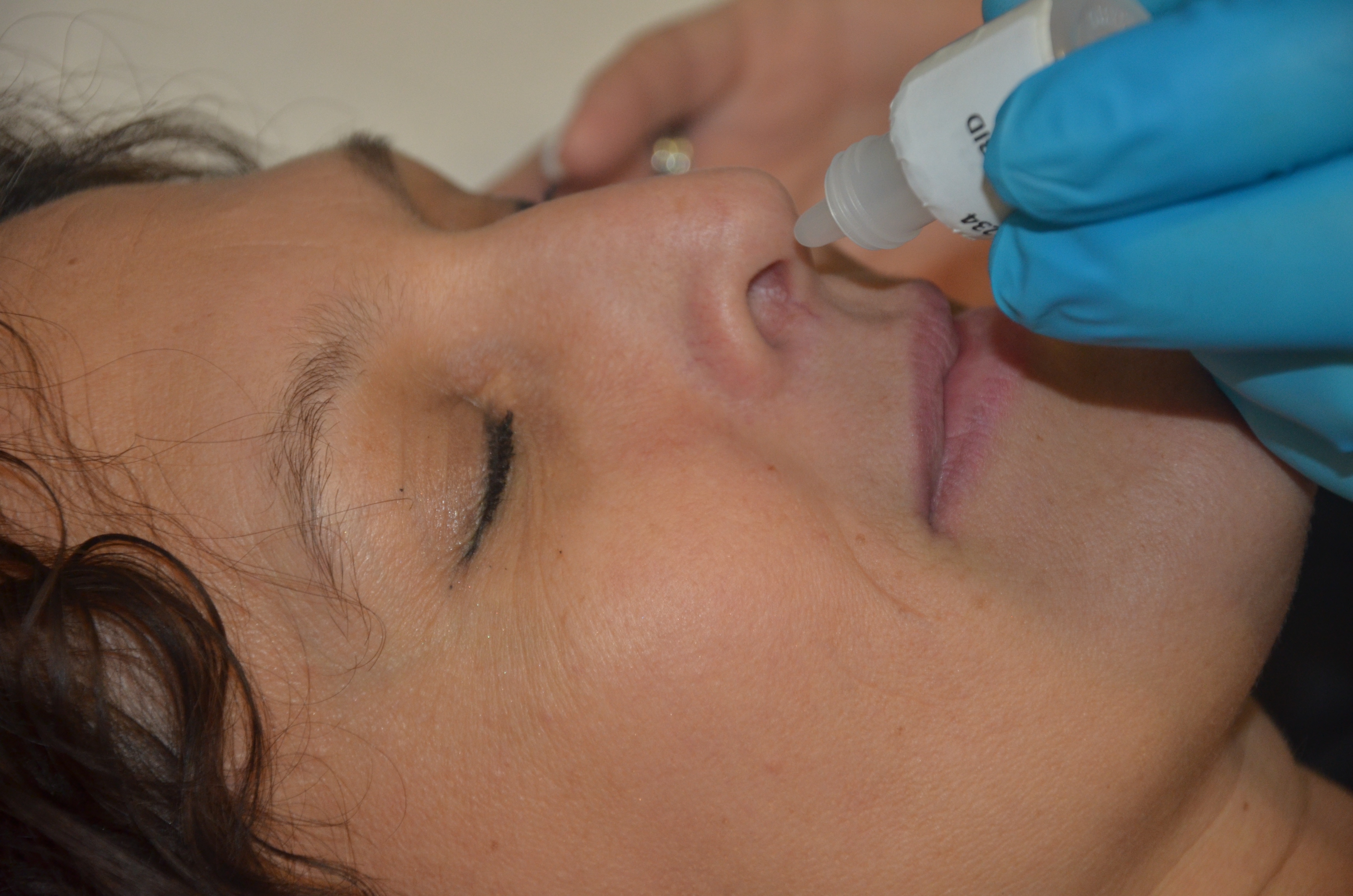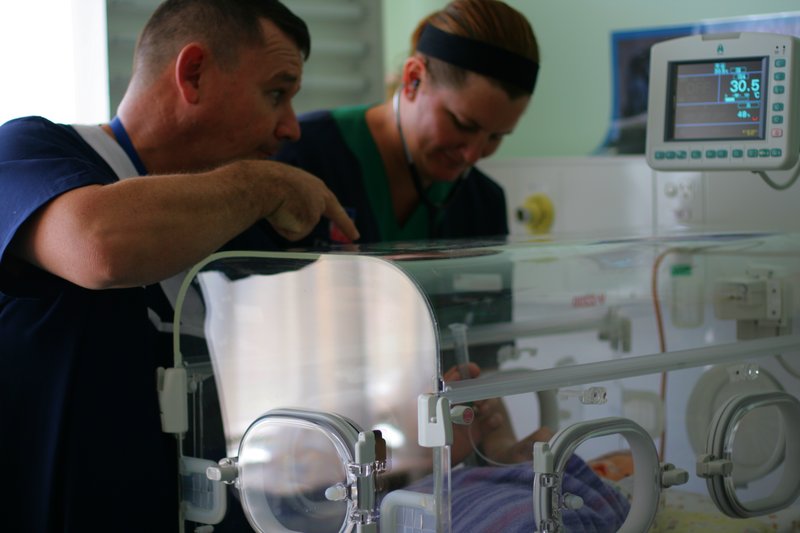|
Candida Infections
Candidiasis is a fungal infection due to any species of the genus ''Candida'' (a yeast). When it affects the mouth, in some countries it is commonly called thrush. Signs and symptoms include white patches on the tongue or other areas of the mouth and throat. Other symptoms may include soreness and problems swallowing. When it affects the vagina, it may be referred to as a yeast infection or thrush. Signs and symptoms include genital itching, burning, and sometimes a white "cottage cheese-like" discharge from the vagina. Yeast infections of the penis are less common and typically present with an itchy rash. Very rarely, yeast infections may become invasive, spreading to other parts of the body. This may result in fevers, among other symptoms. Finally, candiasis of the esophagus is an important risk factor for contracting esophageal cancer in individuals with achalasia. More than 20 types of ''Candida'' may cause infection with ''Candida albicans'' being the most common. Infec ... [...More Info...] [...Related Items...] OR: [Wikipedia] [Google] [Baidu] |
Infectious Disease (medical Specialty)
Infectious diseases (ID), also known as infectiology, is a medical specialty dealing with the diagnosis and treatment of infections. An infectious diseases specialist's practice consists of managing nosocomial (Hospital-acquired infection, healthcare-acquired) infections or community-acquired infections. An ID specialist investigates and determines the cause of a disease (bacteria, virus, parasite, fungus or prions). Once the cause is known, an ID specialist can then run various tests to determine the best drug to treat the disease. While infectious diseases have always been around, the infectious disease specialty did not exist until the late 1900s after scientists and physicians in the 19th century paved the way with research on the sources of infectious disease and the development of vaccines. Scope Infectious diseases specialists typically serve as consultants to other physicians in cases of complex infections, and often manage patients with HIV/AIDS and other forms of immuno ... [...More Info...] [...Related Items...] OR: [Wikipedia] [Google] [Baidu] |
Organ Transplantation
Organ transplantation is a medical procedure in which an organ is removed from one body and placed in the body of a recipient, to replace a damaged or missing organ. The donor and recipient may be at the same location, or organs may be transported from a donor site to another location. Organs and/or tissues that are transplanted within the same person's body are called autografts. Transplants that are recently performed between two subjects of the same species are called allografts. Allografts can either be from a living or cadaveric source. Organs that have been successfully transplanted include the heart, kidneys, liver, lungs, pancreas, intestine, thymus and uterus. Tissues include bones, tendons (both referred to as musculoskeletal grafts), corneae, skin, heart valves, nerves and veins. Worldwide, the kidneys are the most commonly transplanted organs, followed by the liver and then the heart. J. Hartwell Harrison performed the first organ removal for transplant ... [...More Info...] [...Related Items...] OR: [Wikipedia] [Google] [Baidu] |
Caspofungin
Caspofungin ( INN; brand name Cancidas) is a lipopeptide antifungal drug from Merck & Co., Inc. It is a member of a class of antifungals termed the echinocandins. It works by inhibiting the enzyme (1→3)-β-D-glucan synthase and thereby disturbing the integrity of the fungal cell wall. Caspofungin was the first inhibitor of fungal (1→3)-β-D-glucan synthesis to be approved by the United States Food and Drug Administration. Caspofungin is administered intravenously. It is on the World Health Organization's List of Essential Medicines. Medical uses Caspofungin acetate for injection was initially approved by both the US Food and Drug Administration (FDA), and the European Medicines Agency (EMA) in 2001. Its approved therapeutic indications by both organizations include the empirical therapy of presumed fungal infections in febrile, neutropenic adults and for salvage therapy in people treatment of invasive aspergillosis in adults whose disease is refractory to, or who ar ... [...More Info...] [...Related Items...] OR: [Wikipedia] [Google] [Baidu] |
Echinocandin
Echinocandins are a class of antifungal drugs that inhibit the synthesis of β-glucan in the fungal cell wall via noncompetitive inhibition of the enzyme 1,3-β glucan synthase. The class has been dubbed the "penicillin of antifungals," along with the related papulacandins, as their mechanism of action resembles that of penicillin in bacteria. β-glucans are carbohydrate polymers that are cross-linked with other fungal cell wall components, the fungal equivalent to bacterial peptidoglycan. Caspofungin, micafungin, and anidulafungin are semisynthetic echinocandin derivatives with limited clinical use due to their solubility, antifungal spectrum, and pharmacokinetic properties. Medical uses Drugs and drug candidates in this class are fungicidal against some yeasts (most species of '' Candida'', but not '' Cryptococcus'', '' Trichosporon'', and '' Rhodotorula''). Echinocandins also have displayed activity against ''Candida'' biofilms, especially in synergistic activity with a ... [...More Info...] [...Related Items...] OR: [Wikipedia] [Google] [Baidu] |
Amphotericin B
Amphotericin B is an antifungal medication used for serious fungal infections and leishmaniasis. The fungal infections it is used to treat include mucormycosis, aspergillosis, blastomycosis, candidiasis, coccidioidomycosis, and cryptococcosis. For certain infections it is given with flucytosine. It is typically given intravenously. Common side effects include a reaction with fever, chills, and headaches soon after the medication is given, as well as kidney problems. Allergic symptoms including anaphylaxis may occur. Other serious side effects include low blood potassium and myocarditis (inflammation of the heart). It appears to be relatively safe in pregnancy. There is a lipid formulation that has a lower risk of side effects. It is in the polyene class of medications and works in part by interfering with the cell membrane of the fungus. Amphotericin B was isolated from '' Streptomyces nodosus'' in 1955 at the Squibb Institute for Medical Research from cultures ... [...More Info...] [...Related Items...] OR: [Wikipedia] [Google] [Baidu] |
Itraconazole
Itraconazole, sometimes abbreviated ITZ, is an antifungal medication used to treat a number of fungal infections. This includes aspergillosis, blastomycosis, coccidioidomycosis, histoplasmosis, and paracoccidioidomycosis. It may be given by mouth or intravenously. Common side effects include nausea, diarrhea, abdominal pain, rash, and headache. Severe side effects may include liver problems, heart failure, Stevens–Johnson syndrome and allergic reactions including anaphylaxis. It is unclear if use during pregnancy or breastfeeding is safe. It is in the triazole family of medications. It stops fungal growth by affecting the cell membrane or affecting their metabolism. Itraconazole was patented in 1978 and approved for medical use in the United States in 1992. It is on the World Health Organization's List of Essential Medicines. Recent research works suggest itraconazole (ITZ) could also be used in the treatment of cancer by inhibiting the hedgehog pathway in a ... [...More Info...] [...Related Items...] OR: [Wikipedia] [Google] [Baidu] |
Clotrimazole
Clotrimazole, sold under the brand name Lotrimin, among others, is an antifungal medication. It is used to treat vaginal yeast infections, oral thrush, diaper rash, tinea versicolor, and types of ringworm including athlete's foot and jock itch. It can be taken by mouth or applied as a cream to the skin or in the vagina. Common side effects when taken by mouth include nausea and itchiness. When applied to the skin, common side effects include redness and a burning sensation. In pregnancy, use on the skin or in the vagina is believed to be safe. There is no evidence of harm when used by mouth during pregnancy but this has been less well studied. When used by mouth, greater care should be taken in those with liver problems. It is in the azole class of medications and works by disrupting the fungal cell membrane. Clotrimazole was discovered in 1969. It is on the WHO Model List of Essential Medicines, World Health Organization's List of Essential Medicines. It is available as a ... [...More Info...] [...Related Items...] OR: [Wikipedia] [Google] [Baidu] |
Topical
A topical medication is a medication that is applied to a particular place on or in the body. Most often topical medication means application to body surfaces such as the skin or mucous membranes to treat ailments via a large range of classes including creams, foams, gels, lotions, and ointments. Many topical medications are epicutaneous, meaning that they are applied directly to the skin. Topical medications may also be inhalational, such as asthma medications, or applied to the surface of tissues other than the skin, such as eye drops applied to the conjunctiva, or ear drops placed in the ear, or medications applied to the surface of a tooth. The word ''topical'' derives from Greek τοπικός ''topikos'', "of a place". Justification Topical drug delivery is a route of administering drugs via the skin to provide topical therapeutic effects. As skin is one of the largest and most superficial organs in the human body, pharmacists utilise it to deliver various dr ... [...More Info...] [...Related Items...] OR: [Wikipedia] [Google] [Baidu] |
Probiotic
Probiotics are live microorganisms that provide health benefits when consumed, generally by improving or restoring the microbiota in the gut. Probiotics are considered generally safe to consume, but may cause bacteria– host interactions and unwanted side effects in rare cases. There is some evidence that probiotics are beneficial for some conditions, such as helping to ease some symptoms of irritable bowel syndrome (IBS). However, many claimed health benefits, such as treating eczema, or curing vaginal infections lack substantial scientific support. The first discovered probiotic was a certain strain of bacillus in Bulgarian yoghurt, called '' Lactobacillus bulgaricus''. The discovery was made in 1905 by Bulgarian physician and microbiologist Stamen Grigorov. The modern-day theory is generally attributed to Russian Nobel Prize laureate Élie Metchnikoff, who postulated around 1907 that yoghurt-consuming Bulgarian peasants lived longer. A growing probiotics market has ... [...More Info...] [...Related Items...] OR: [Wikipedia] [Google] [Baidu] |
Chlorhexidine
Chlorhexidine is a disinfectant and antiseptic which is used for skin disinfection before surgery and to disinfect surgical instruments. It is also used for cleaning wounds, preventing dental plaque, treating yeast infections of the mouth, and to keep urinary catheters from blocking. It is used as a liquid or a powder. It is commonly used in Ionic compound, salt form, either the gluconate or the acetate. Side effects may include skin irritation, Human tooth, tooth discoloration, and allergic reactions, although, apart from discoloration, the risk appears to be the same as that for povidone-iodine. Chlorhexidine rinse is also known to have a bitter metallic aftertaste. Rinsing with water is not recommended as it is known to increase the bitterness. It may cause eye problems if direct contact occurs. Use in pregnancy appears to be safe. Chlorhexidine may come mixed in ethanol, alcohol, water, or surfactant solution. It is effective against a range of microorganisms, but does not ... [...More Info...] [...Related Items...] OR: [Wikipedia] [Google] [Baidu] |
Intensive Care Unit
An intensive care unit (ICU), also known as an intensive therapy unit or intensive treatment unit (ITU) or critical care unit (CCU), is a special department of a hospital or health care facility that provides intensive care medicine. An intensive care unit (ICU) was defined by the task force of the World Federation of Societies of Intensive and Critical Care Medicine as "an organized system for the provision of care to critically ill patients that provides intensive and specialized medical and nursing care, an enhanced capacity for monitoring, and multiple modalities of physiologic organ support to sustain life during a period of life-threatening organ system insufficiency." Patients may be referred directly from an emergency department or from a ward if they rapidly deteriorate, or immediately after surgery if the surgery is very invasive and the patient is at high risk of complications. History In 1854, Florence Nightingale left for the Crimean War, where triage was used ... [...More Info...] [...Related Items...] OR: [Wikipedia] [Google] [Baidu] |
Low Birth Weight Babies
Low birth weight (LBW) is defined by the World Health Organization as a birth weight of an infant of or less, regardless of Gestational age (obstetrics), gestational age. Infants born with LBW have added health risks which require close management, often in a neonatal intensive care unit (NICU). They are also at increased risk for long-term health conditions which require follow-up over time. Classification Birth weight may be classified as: * High birth weight (Large for gestational age, macrosomia): greater than * Normal weight (term delivery): * Low birth weight: less than ** Very low birth weight (VLBW): less than ** Extremely low birth weight: less than Causes LBW is either caused by preterm birth (that is, a low Gestational age (obstetrics), gestational age at birth, commonly defined as younger than 37 weeks of gestation) or the infant being small for gestational age (that is, a slow prenatal growth rate), or a combination of both. In general, risk factors in the mot ... [...More Info...] [...Related Items...] OR: [Wikipedia] [Google] [Baidu] |






